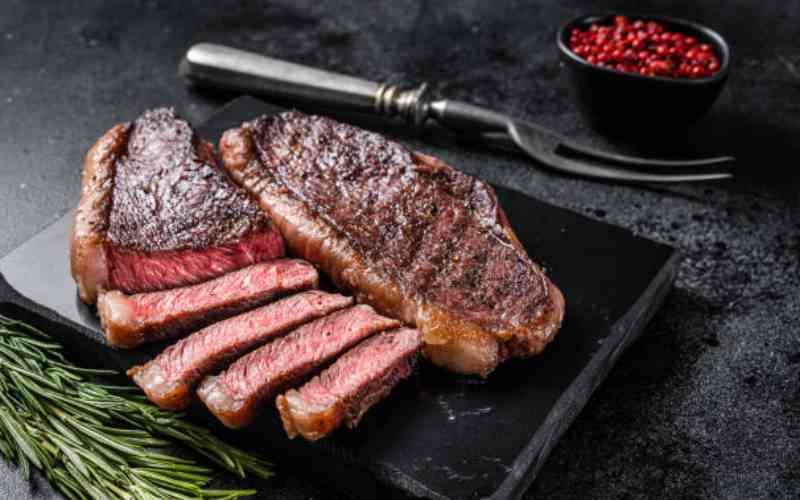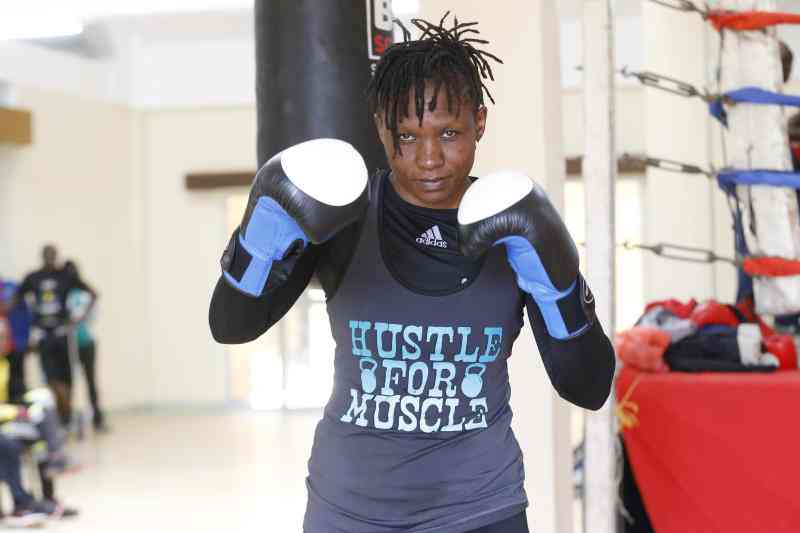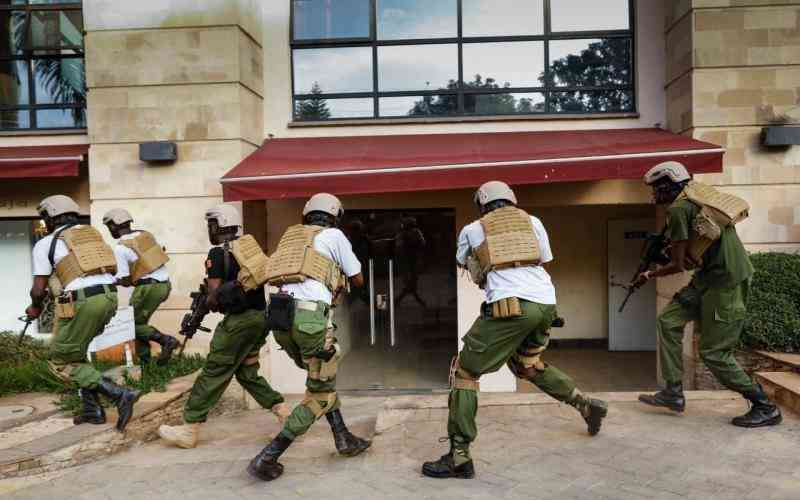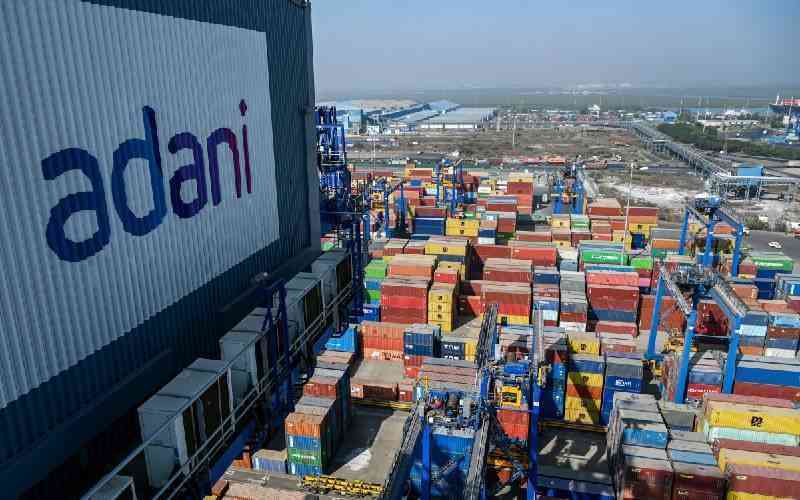 |
|
Former leader saw Kimathi as one of Africa’s heroes. |
By ALLY JAMAH
Kenya: When he visited Kenya in the 1990s, anti-apartheid activist Nelson Mandela publicly requested then President Daniel arap Moi to allow him visit the grave of Field Marshall Dedan Kimathi.
Mandela had assumed that, being a key pillar in the fight against British colonialism in Kenya, Kimathi would obviously have a large, State-funded mausoleum extolling his valuable contributions in the fight and reflecting a national reverence for his sacrifices.
He also asked for the whereabouts of his widow Eloise Mukami Kimathi as well as General China, one of the key leaders of the Mau Mau uprising. General China (Waruhiu Itote) died on April 30, 1993. Little did Mandela know that Kimathi’s remains still lie in an unknown location. The oft-repeated claims that his body is in an unmarked grave in Kamiti Maximum Prison have not been ascertained till now. It is only the British who know where they buried him.
Mandela, born only two years earlier than Kimathi, told thousands of Kenyans at Kasarani Stadium: “In my 27 years of imprisonment, I always saw the image of fighters such as Kimathi, China and others as candles in my long and hard war against injustice. It is an honour for any freedom fighter to pay respect to such heroes.”
The Standard of July 14, 1990 reported Mandela saying: “Kimathi died but the spirit of liberation remained alive and that’s why the people of Kenya are free today. How many sons and daughters have paid with their own lives because of demanding for their rights?”
The importance Mandela attached to Kenya and her independence struggle against the British were revealed by the fact that he visited the country shortly after he was released from prison, with the likes of Kimathi being central in his consciousness.
However, repeated requests by Kimathi’s kin to all the governments since independence to investigate where the remains of the freedom fighter lie and accord him a heroic State burial have not prevailed.
But a statue of Dedan Kimathi was unveiled in Nairobi on December 11, 2006 along Nairobi’s Kimathi Street by former President Mwai Kibaki without any mention of plans to search for the freedom fighter’s remains.
The post-Independence governments have never publicly acknowledged the Mau Mau as national heroes and Kimathi as a legendary figure who inspired other freedom fighters in Africa, including Mandela as well others in Zimbabwe, Zambia, and Mozambique.
That was why Mandela’s request to visit Kimathi’s grave was dismissed and quickly brushed aside.
All through his fight against apartheid in his home country, the former South African president admitted to being inspired by Kimathi who led the military fight for independence.
Mandela also had no idea that Kimathi’s Mau Mau was still a banned group at that time and the ban would only be lifted in 2004 by Kibaki’s administration.
The then Security Minister Chris Murungaru and Justice Minister Kiraitu Murungi reversed the legal provision that had been left untouched by former presidents Jomo Kenyatta and Moi. The British colonialists had imposed the ban in 1952. In 2005, when he came to Kenya as a retired president, Mandela met Kimathi’s widow who must have explained how her late husband’s memory had been downplayed by successive governments.
Meanwhile, the struggle for a proper recognition of Kimathi’s role in decolonising the country continues.
Stay informed. Subscribe to our newsletter
 The Standard Group Plc is a
multi-media organization with investments in media platforms spanning newspaper
print operations, television, radio broadcasting, digital and online services. The
Standard Group is recognized as a leading multi-media house in Kenya with a key
influence in matters of national and international interest.
The Standard Group Plc is a
multi-media organization with investments in media platforms spanning newspaper
print operations, television, radio broadcasting, digital and online services. The
Standard Group is recognized as a leading multi-media house in Kenya with a key
influence in matters of national and international interest.
 The Standard Group Plc is a
multi-media organization with investments in media platforms spanning newspaper
print operations, television, radio broadcasting, digital and online services. The
Standard Group is recognized as a leading multi-media house in Kenya with a key
influence in matters of national and international interest.
The Standard Group Plc is a
multi-media organization with investments in media platforms spanning newspaper
print operations, television, radio broadcasting, digital and online services. The
Standard Group is recognized as a leading multi-media house in Kenya with a key
influence in matters of national and international interest.









